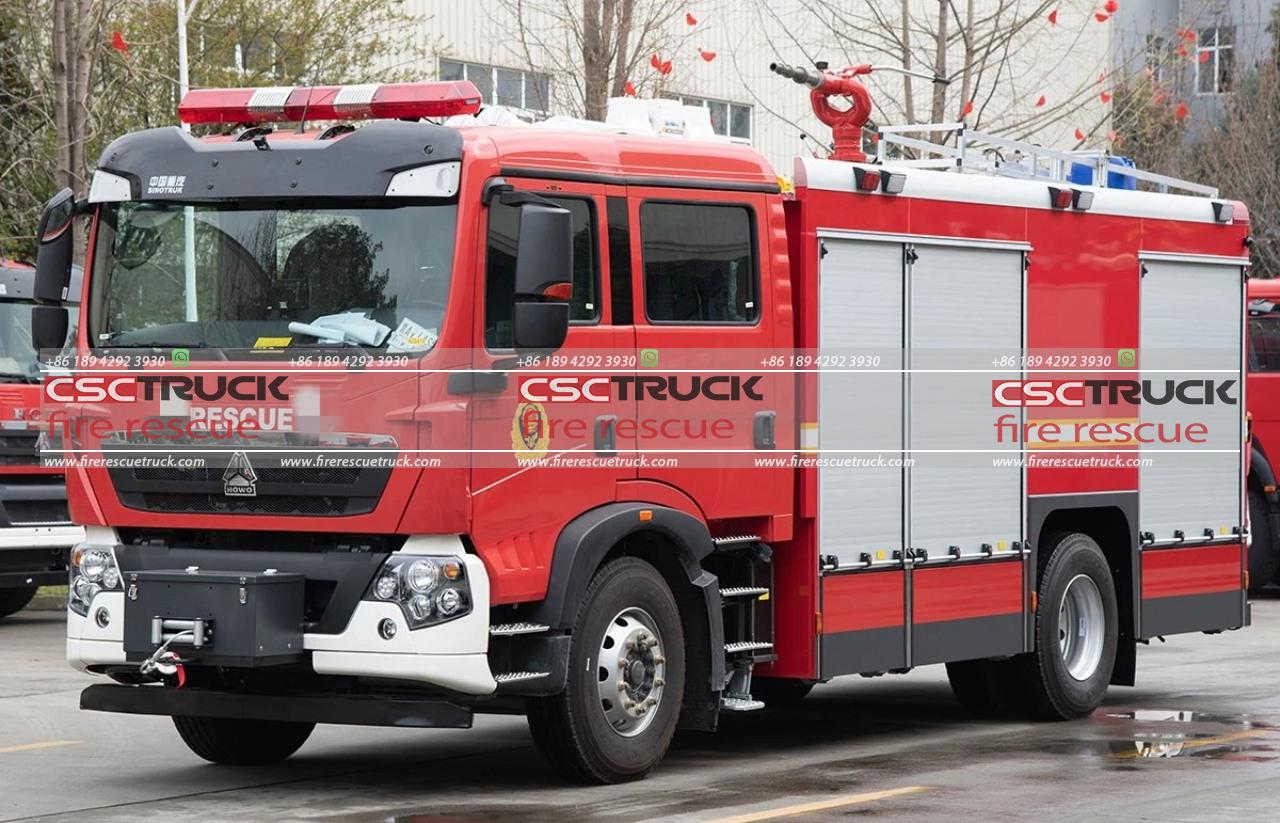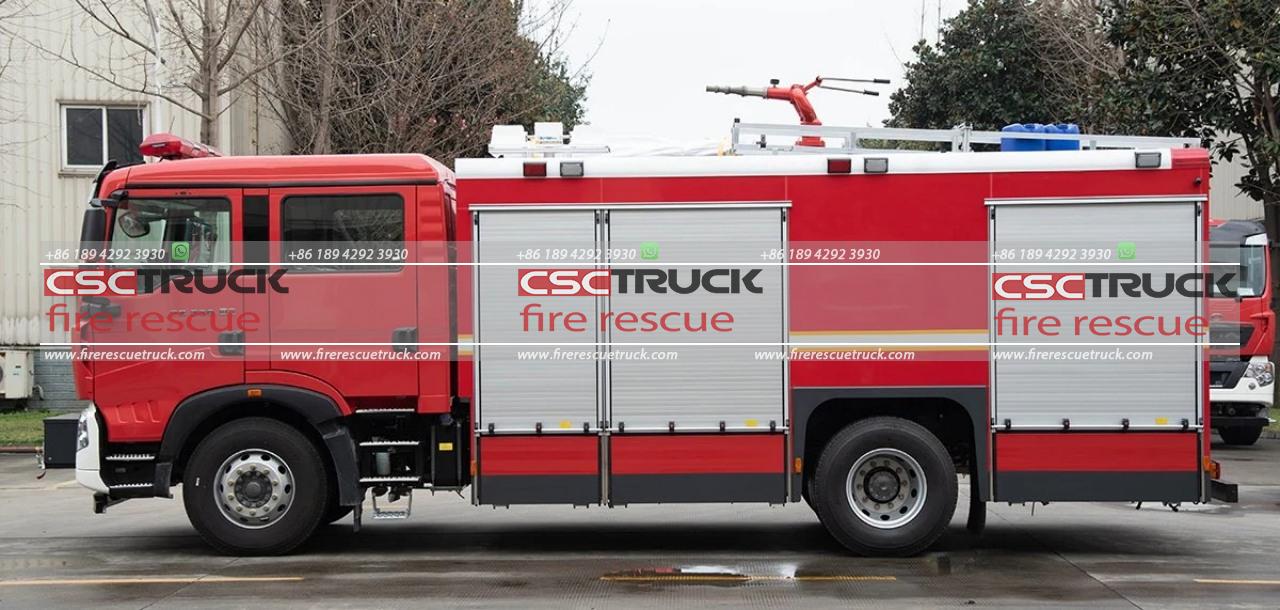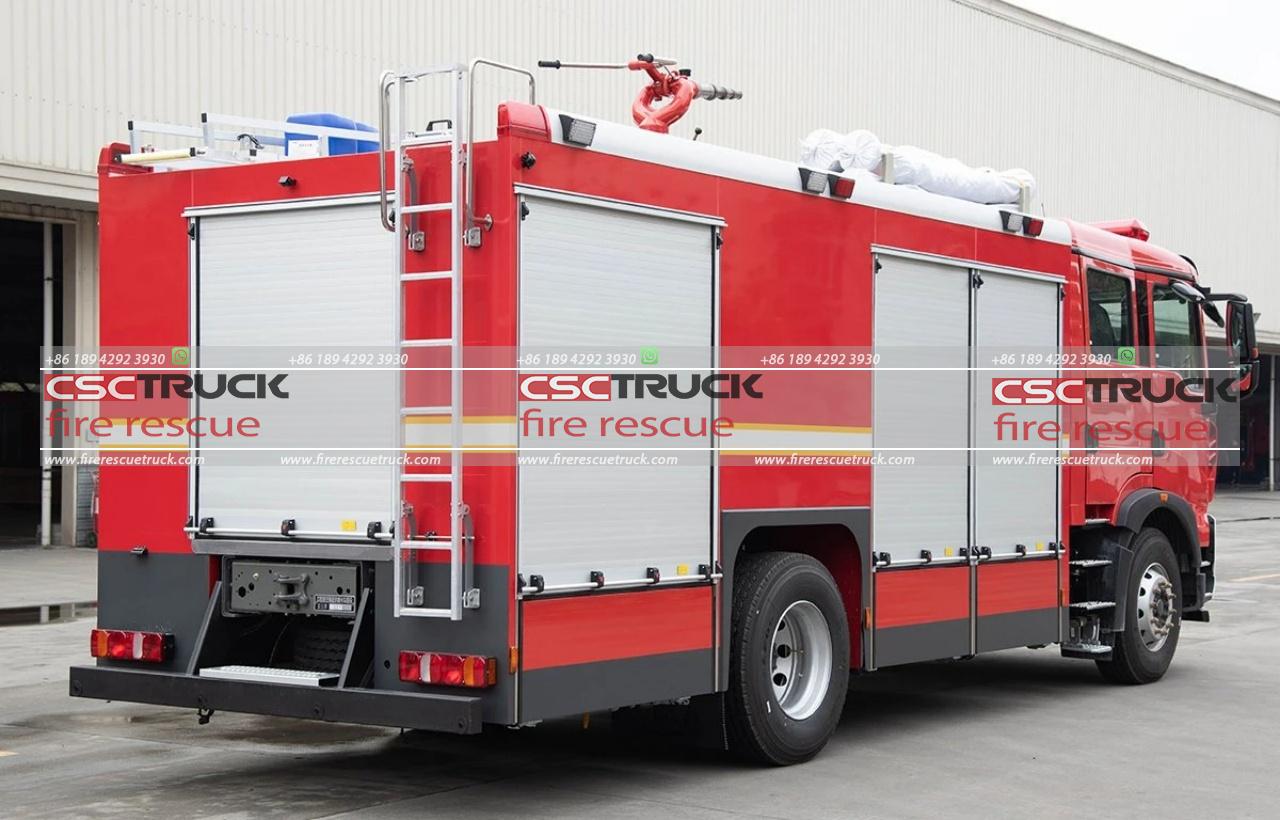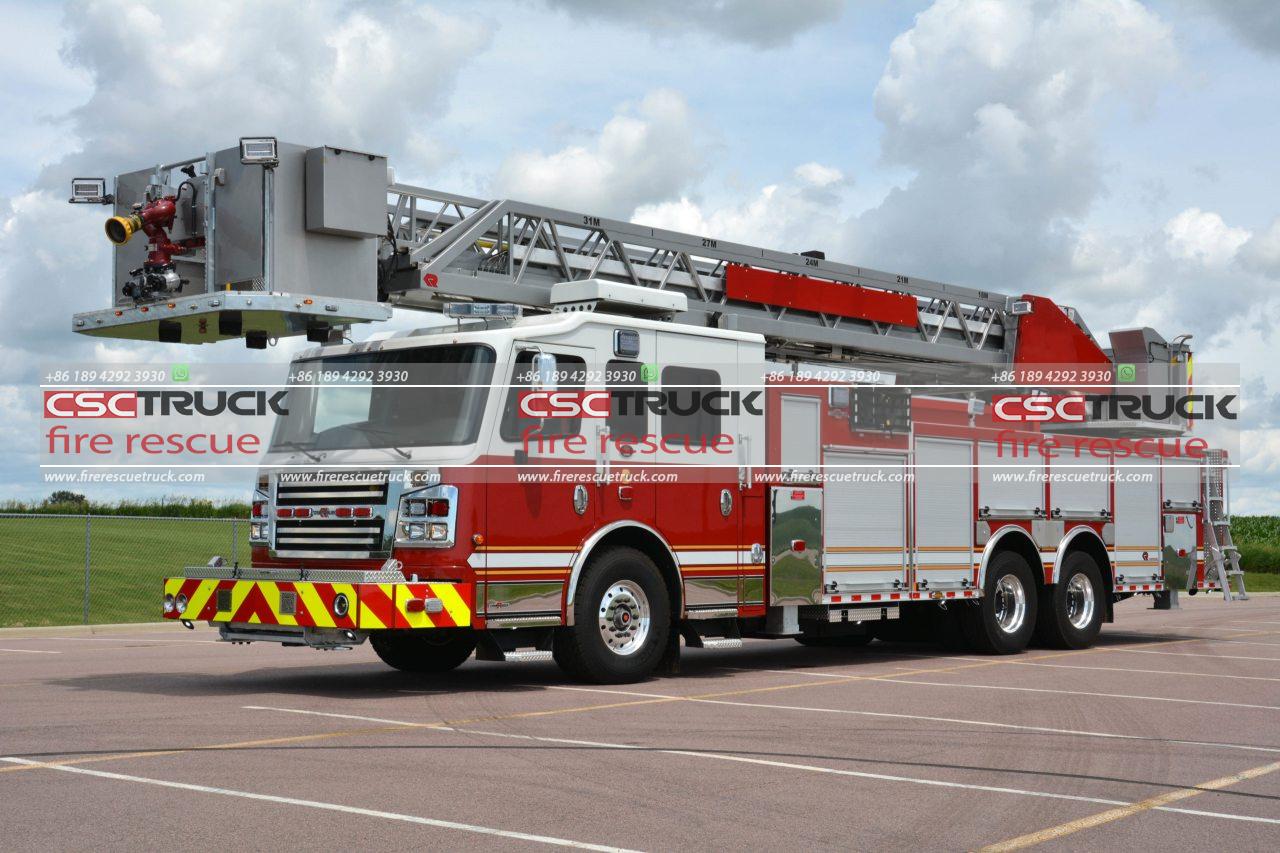Firefighting technology has advanced significantly over the years, with innovative solutions continually emerging to combat fires more efficiently and safely. One such advancement is the Compressed Air Foam System (CAFS) fire truck. These high-efficiency vehicles are revolutionizing the field of fire suppression, offering numerous benefits over traditional water and foam systems. This article explores the features, benefits, and operational advantages of CAFS fire trucks, highlighting their role in modern firefighting.
What is a CAFS Fire Truck?
A CAFS fire truck is equipped with a Compressed Air Foam System, a sophisticated technology that combines water, foam concentrate, and compressed air to produce a powerful fire-suppressing foam. This foam is more effective than water or traditional foam alone due to its unique properties, which enhance its ability to smother and cool fires quickly and efficiently.
The Science Behind CAFS
CAFS technology works by mixing water with a foam concentrate, which is then aerated using compressed air. The resulting foam has a high surface-area-to-volume ratio, which allows it to cover a larger area and adhere to surfaces more effectively. This adhesion creates a barrier between the fuel and the fire, cutting off the oxygen supply and rapidly cooling the burning material.

Key Features of CAFS Fire Trucks
1. Efficiency in Fire Suppression:
CAFS foam is highly efficient at suppressing fires, often requiring less water and foam concentrate than traditional methods. This efficiency is crucial in areas with limited water supply or during large-scale fires, where conserving resources is essential.
2. Enhanced Reach and Coverage:
The foam produced by CAFS can be projected over longer distances and spread more evenly across surfaces. This capability is particularly beneficial in fighting wildfires, industrial fires, and fires in high-rise buildings, where reaching the flames quickly is critical.
3. Rapid Cooling and Extinguishing:
CAFS foam smothers the fire and cools the burning materials rapidly. This dual action reduces the likelihood of re-ignition and minimizes the overall damage caused by the fire.
4. Versatility:
CAFS fire trucks can be used in various fire scenarios, including Class A (ordinary combustibles), Class B (flammable liquids), and even some electrical fires. This versatility makes them a valuable asset for fire departments.
5. Reduced Water Damage:
Traditional firefighting methods often result in significant water damage to property. CAFS foam, on the other hand, uses less water, thereby reducing the collateral damage caused by the firefighting efforts.
Operational Advantages
1. Speed and Agility:
CAFS fire trucks are designed for quick deployment and easy maneuverability, allowing firefighters to respond swiftly to emergencies. The ability to produce foam on demand and project it precisely where needed enhances the overall effectiveness of the firefighting operation.
2. Improved Safety for Firefighters:
The superior suppression capabilities of CAFS reduce the intensity and duration of fires, decreasing the exposure time for firefighters. The foam’s ability to adhere to surfaces can also create a protective barrier, shielding firefighters from intense heat.
3. Resource Conservation:
Using less water and foam concentrate not only makes CAFS environmentally friendly but also ensures that firefighting resources are conserved for prolonged operations. This is particularly important in remote areas or during extensive wildfire outbreaks.
4. Ease of Operation:
Modern CAFS fire trucks are equipped with user-friendly controls, allowing firefighters to operate the system with minimal training. Automated systems and intuitive interfaces ensure that the technology can be utilized effectively under high-pressure conditions.
Case Studies and Real-world Applications
Numerous case studies highlight the effectiveness of CAFS fire trucks in real-world scenarios. For instance, during the devastating wildfires in California, CAFS-equipped vehicles played a crucial role in containing and extinguishing the flames. The ability to project foam over large areas and create firebreaks helped prevent the spread of the fire and protect valuable property.
In industrial settings, CAFS fire trucks have been used to tackle fires involving flammable liquids and hazardous materials. The rapid suppression capabilities and reduced water usage have proven invaluable in minimizing damage and ensuring the safety of personnel and surrounding communities.

Challenges and Considerations
While CAFS fire trucks offer numerous advantages, there are also challenges and considerations to keep in mind. The initial cost of acquiring and maintaining CAFS technology can be higher than traditional systems. However, the long-term benefits, including resource conservation and reduced property damage, often justify the investment.
Training and familiarization are also critical. Fire departments must ensure that their personnel are adequately trained to operate CAFS equipment and understand its unique properties. Regular maintenance and calibration of the system are essential to ensure its reliability during emergencies.
The Future of CAFS in Firefighting
The adoption of CAFS technology is expected to grow as more fire departments recognize its benefits and advancements in firefighting continue to emerge. Ongoing research and development are focused on improving the efficiency and effectiveness of CAFS, including innovations in foam concentrates, delivery systems, and integration with other firefighting technologies.
Emerging trends include the integration of CAFS with unmanned aerial vehicles (UAVs) or drones, allowing for more precise deployment of foam in hard-to-reach areas. Additionally, advancements in sensor technology and artificial intelligence are paving the way for smarter, more adaptive firefighting systems that can assess and respond to fires in real-time.
Conclusion
CAFS fire trucks represent a significant leap forward in firefighting technology, offering high-efficiency fire suppression with numerous operational advantages. Their ability to rapidly extinguish fires, conserve resources, and enhance firefighter safety makes them an invaluable tool in the fight against fires. As technology continues to evolve, CAFS is poised to play an even more prominent role in protecting lives and property from the devastating effects of fires.








